An international research team has succeeded in studying the chemical properties of the superheavy element flerovium — element 114.
Science and Technology Highlights
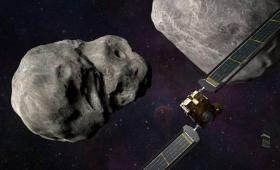
A new paper led by LLNL walks through a detailed “dress rehearsal” for interpretation of the DART asteroid mission's experiment’s data.
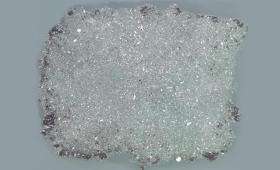
An international team has determined that one specific particle on the asteroid Ryugu can shed light on the unaltered initial materials from its parent body.
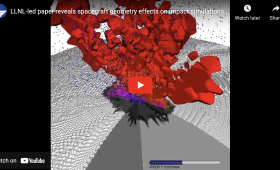
Livermore researchers contribute simulation expertise to NASA’s DART planetary-defense tech-demo mission.
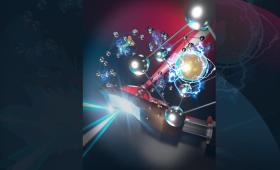
Magnesium at 10 million times atmospheric pressure adopts fundamentally new chemical and structural behavior.
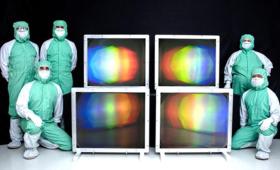
Livermore researchers and their collaborators have developed new high-energy pulse compression gratings that will be used in the world’s highest-power laser system.
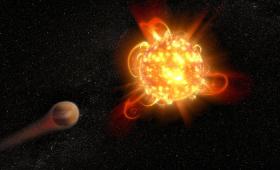
Researchers are exploring the opacity of hydrogen under the extreme pressures and relatively low temperatures found in the interior of red dwarfs.
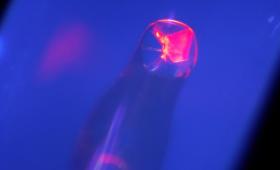
Researchers have developed a new method to isolate and study in great detail some of the rarest and most toxic elements on Earth.
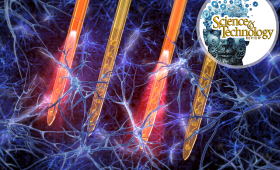
Flexible probes utilize light and chemical sensors to study and treat conditions of the eyes, ears, and brain.
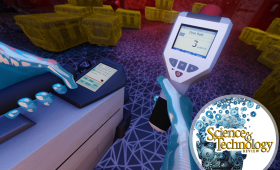
A Livermore-developed interactive simulator provides real-time gamma and neutron data for cutting-edge nuclear emergency response training.


